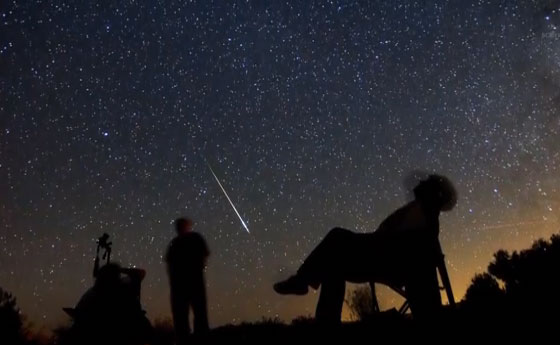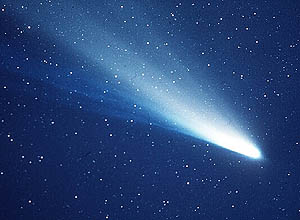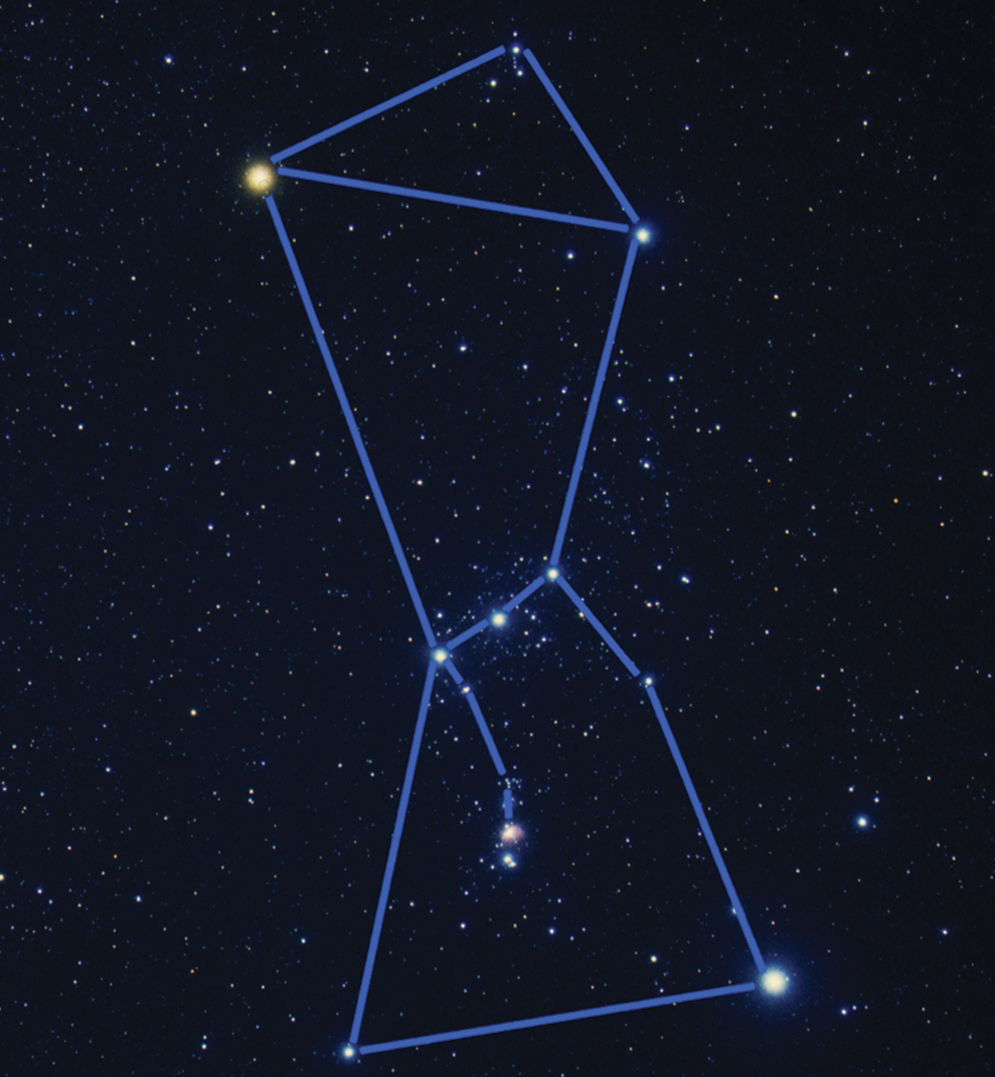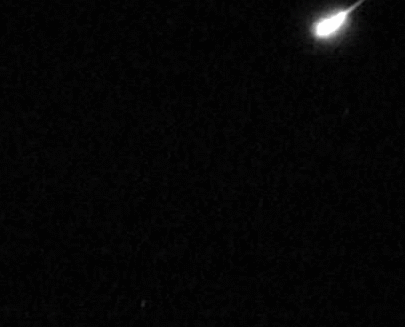The Orion Meteor Shower peaks the morning of Saturday, October 21, 2017. In this article we’ll discuss what a meteor shower is, how to view the meteor shower, and when to view it.

Meteor Showers 101

Shooting stars are meteors — small pieces of dust in space that quickly burn up in Earth’s atmosphere. The dust particles for the Orion meteor shower (or “the Orionids” for short) are leftover bits of Halley’s Comet. As the Earth orbits the Sun, every year at about this time we pass through the dust left behind by Halley’s many visits to our neck of the galactic woods.

It’s called the “Orionids” because the shooting stars in this meteor shower all appear to fly toward us from the constellation Orion. In classical mythology Orion was a hunter, and is depicted in astronomy as a man wearing a belt of three stars, holding a shield with one arm, and holding a club with his other arm to fight the constellation Taurus (the bull). He’s alternatively depicted as a hunter about shoot an arrow at Taurus.
How to view the meteor shower

So consider going outside under the night sky with your significant other, and make some wishes upon every shooting star you see! No telescope or binoculars needed: Just bring along a lawn chair or long towel on which to lie down. You might want to bring along some food and drink and, depending on where you live in the world, either some mosquito repellant or warm clothing. Then, just look up.
When to look for the Orionids
Under perfect conditions — a clear sky, far from city lights, and viewing just before dawn the morning of October 21 — you might see as many as 20 shooting stars per hour. But you can still see an above average number of shooting stars no matter what time of the night you look. And you should be able to see an above-average number of shooting stars from now through the first week of November.
Clear skies to you!